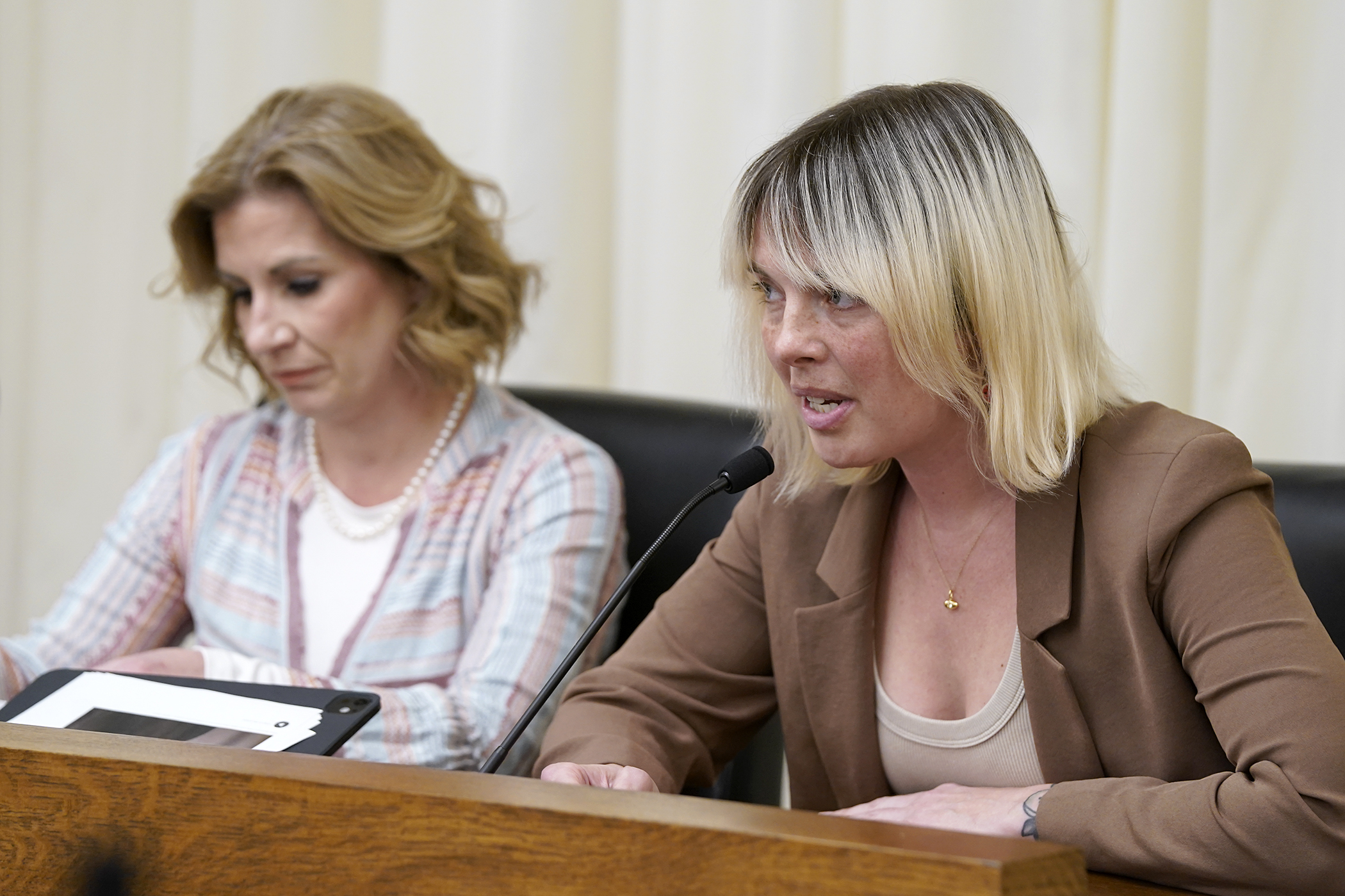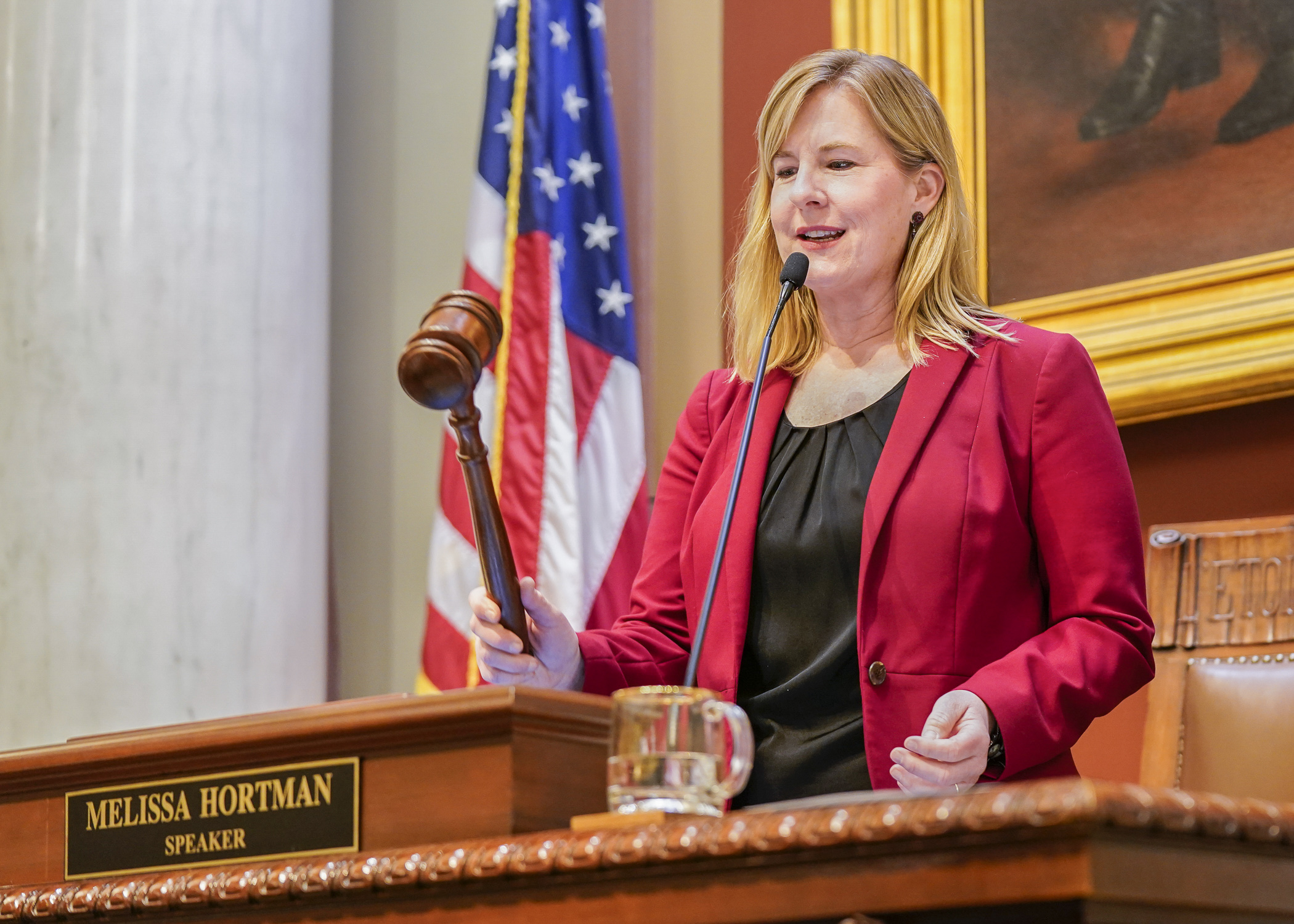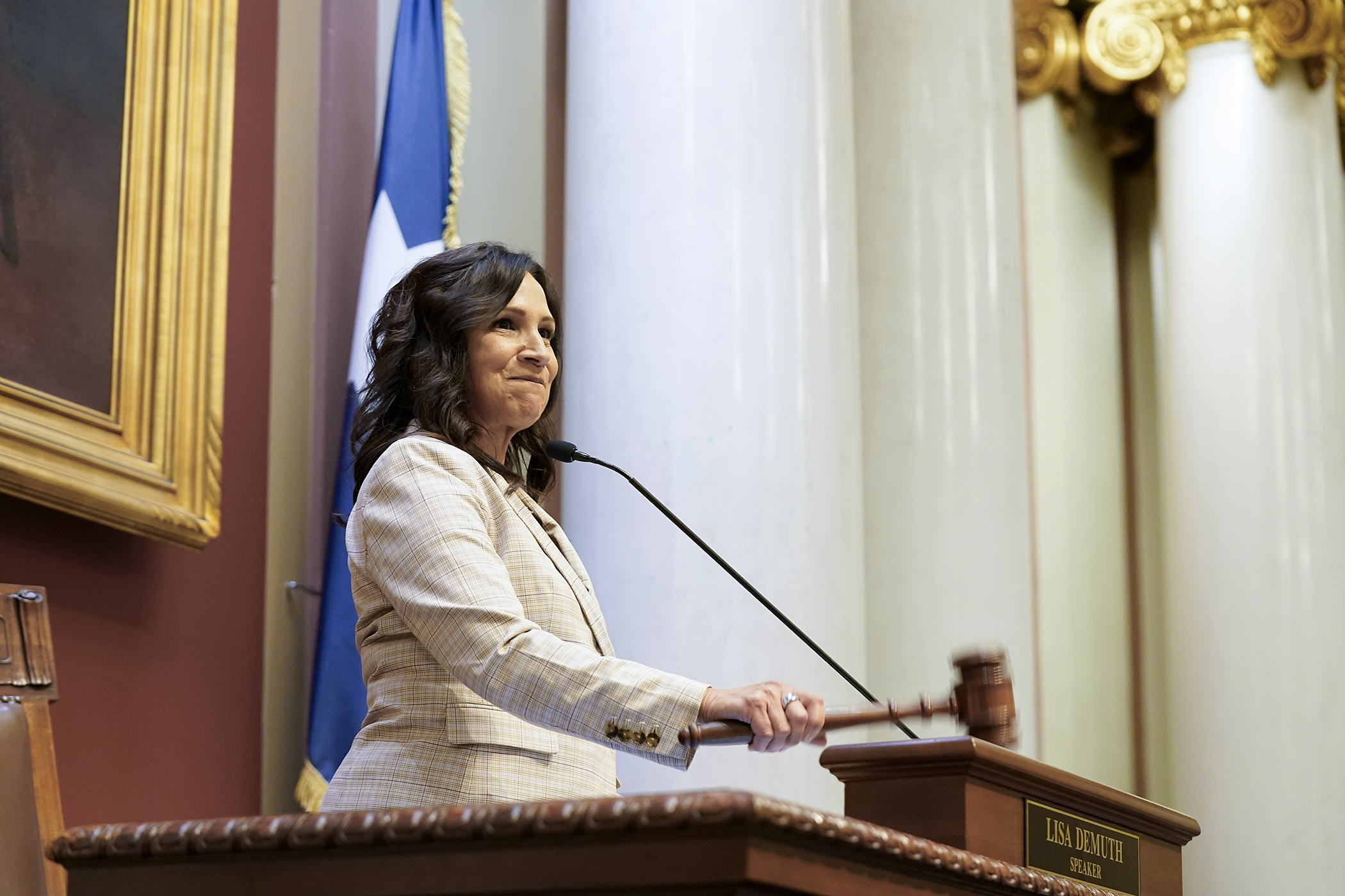Bill seeks to ban transgender inmates from state women’s prison

The question of where transgender inmates should be incarcerated in Minnesota’s prison system was before lawmakers Tuesday.
Of the 8,300 people behind bars in the state system, 49 are transgender. Three transgender women are in the state’s only women’s prison in Shakopee, according to Corrections Commissioner Paul Schnell. Other inmates are in the process of being evaluated for the appropriate facility placement.
Rep. Mary Franson (R-Alexandria) is concerned for the safety of women in the prison and believes transgender female inmates belong in a men’s prison. To that end, she is sponsoring HF435 to require only inmates born as female, as determined by genetics and reproductive system, to be housed at Minnesota Correctional Facility-Shakopee.
Rep. Brad Tabke (DFL-Shakopee) said he has heard from inmates that they wished there had been more input before the transgender woman was transferred to the prison in 2023. He said that more discussion on the topic is needed.
After successfully amending the bill, the House Public Safety Finance and Policy Committee laid the bill over for possible inclusion in an omnibus bill.
In a divisive hearing, bill opponents said transgender inmates are at a higher risk to be victims of violence.
Jess Braverman, legal director at Gender Justice, said the bill puts a target on transgender women and creates less trust between transgender people and the public safety system.
The Department of Corrections reached a lawsuit settlement in 2023 with a transgender female inmate that included transferring the inmate to Shakopee and a $495,000 payout.
The lawsuit also resulted in a “comprehensive and robust” policy at the department, Schnell said. When an inmate identifies as transgender, they are assessed by behavioral health and medical staff and their placement is based on nine factors. There are both transgender men placed in men’s prisons and transgender women placed in women’s prisons in the system.
Beyond whether an inmate is transgender, Schnell said, the department has a range of conflicts it needs to manage within prisons every day, including inmates being in prison with victim family members and gang members being housed together.
“The objective of the whole is really to manage the safety in the broadest sense,” he said.
Related Articles
Search Session Daily
Advanced Search OptionsPriority Dailies
Speaker Emerita Melissa Hortman, husband killed in attack
By HPIS Staff House Speaker Emerita Melissa Hortman (DFL-Brooklyn Park) and her husband, Mark, were fatally shot in their home early Saturday morning.
Gov. Tim Walz announced the news dur...
House Speaker Emerita Melissa Hortman (DFL-Brooklyn Park) and her husband, Mark, were fatally shot in their home early Saturday morning.
Gov. Tim Walz announced the news dur...
Lawmakers deliver budget bills to governor's desk in one-day special session
By Mike Cook About that talk of needing all 21 hours left in a legislative day to complete a special session?
House members were more than up to the challenge Monday. Beginning at 10 a.m...
About that talk of needing all 21 hours left in a legislative day to complete a special session?
House members were more than up to the challenge Monday. Beginning at 10 a.m...